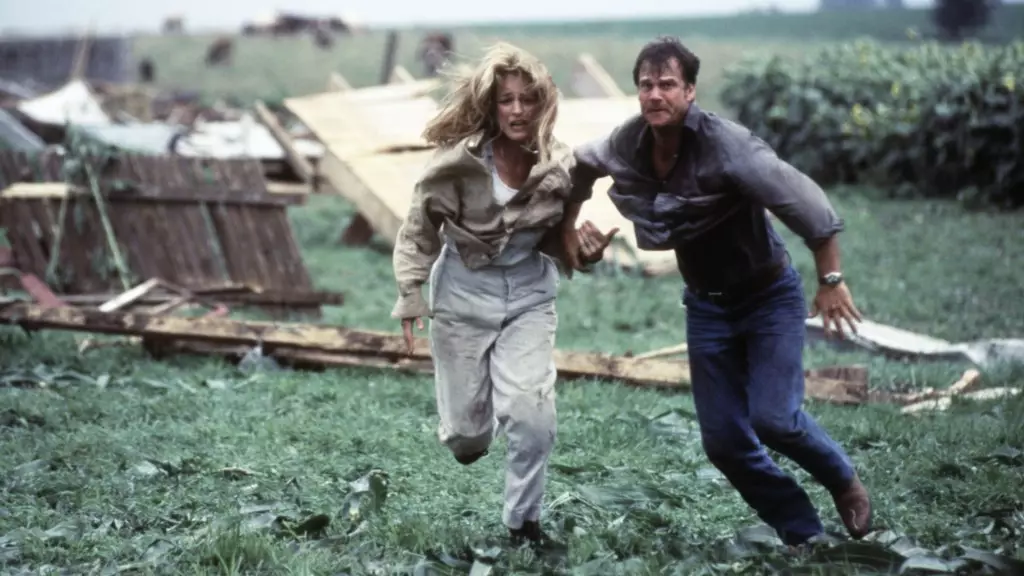When Director Jan de Bont looks back at the making of the 1996 hit movie Twister, he recalls the immense challenges faced during the production. The implementation of “goddamned real” effects was a crucial element in determining whether the movie would even be possible to make. De Bont reminisces about the arduous process of designing hardware and software specifically for the movie, describing it as a two steps forward, one step backward situation. The pressure was on to create scenes that were not only believable but also visually captivating. The opening scenes of the farm and the family seeking shelter, as well as the intense storm sequences inside a moving car, were pivotal in convincing the studio executives that the movie could indeed be a success.
De Bont emphasizes that the success of these test scenes ultimately decided the fate of the movie. It wasn’t the script or the star-studded cast that sealed the deal, but rather the groundbreaking visual effects that set Twister apart from other disaster films. The studio’s reaction to these test scenes, particularly the one with debris hitting the windshield of a moving car, showcased the power of realistic effects in captivating audiences and creating an immersive viewing experience.
The Immersive Experience for Actors
One aspect that De Bont highlights is the immense impact that the realistic effects had on the actors themselves. By creating environments where actors were truly immersed in the chaos of a storm, the director was able to elicit genuine responses from the cast. The use of powerful wind machines blowing debris towards the actors, as well as the jaw-dropping moment when giant combines fell from the sky, created a sense of real danger and urgency that translated into raw and authentic performances on screen. De Bont’s approach to creating real effects, rather than relying solely on visual effects, added a layer of authenticity to the movie that resonated with audiences.
Despite the seemingly perilous nature of some of the scenes, De Bont assures that safety was always a top priority on set. The use of longer lenses and strategic positioning of the props created the illusion of danger while maintaining a safe distance for the actors and crew. The meticulous planning and attention to detail in executing these scenes ensured that the final product was both visually impressive and safe for everyone involved.
The making of Twister stands as a testament to the power of innovative filmmaking techniques and the impact of real effects on creating an immersive cinematic experience. Director Jan de Bont’s reflection on the challenges and triumphs of bringing the storm-chasing adventure to life sheds light on the intricate processes involved in making a beloved classic. As audiences continue to be captivated by the thrilling visuals and intense action of Twister, it becomes clear that the dedication to creating realistic effects has truly stood the test of time.

Leave a Reply